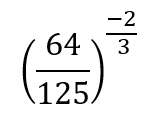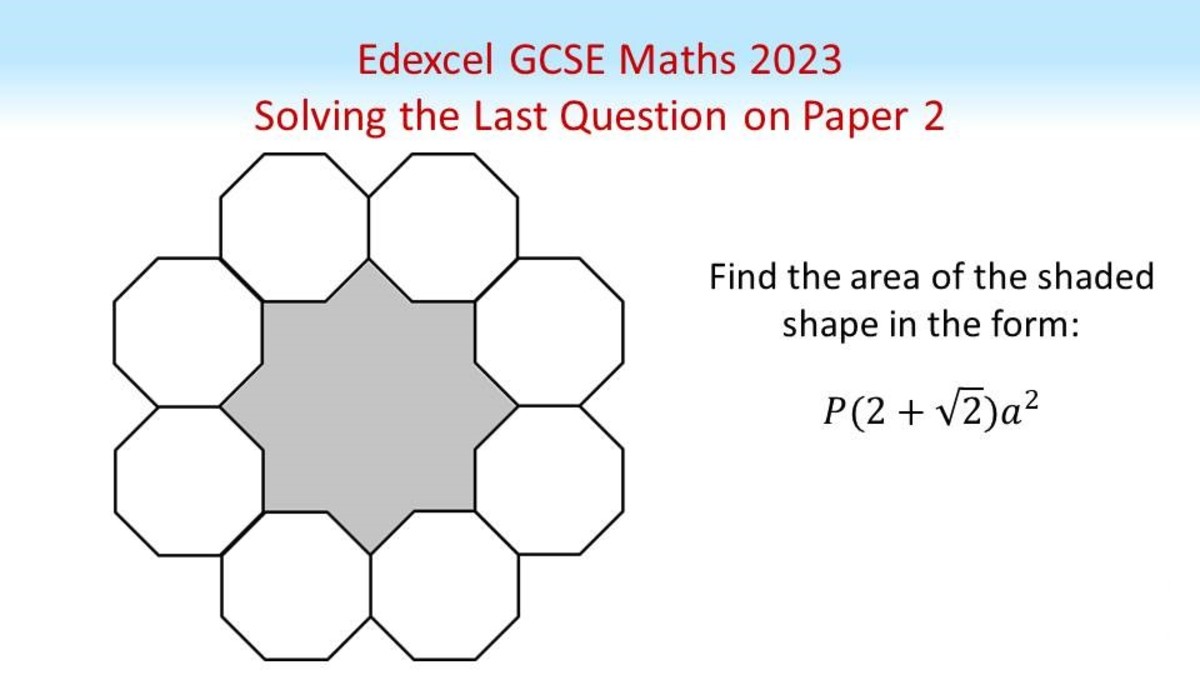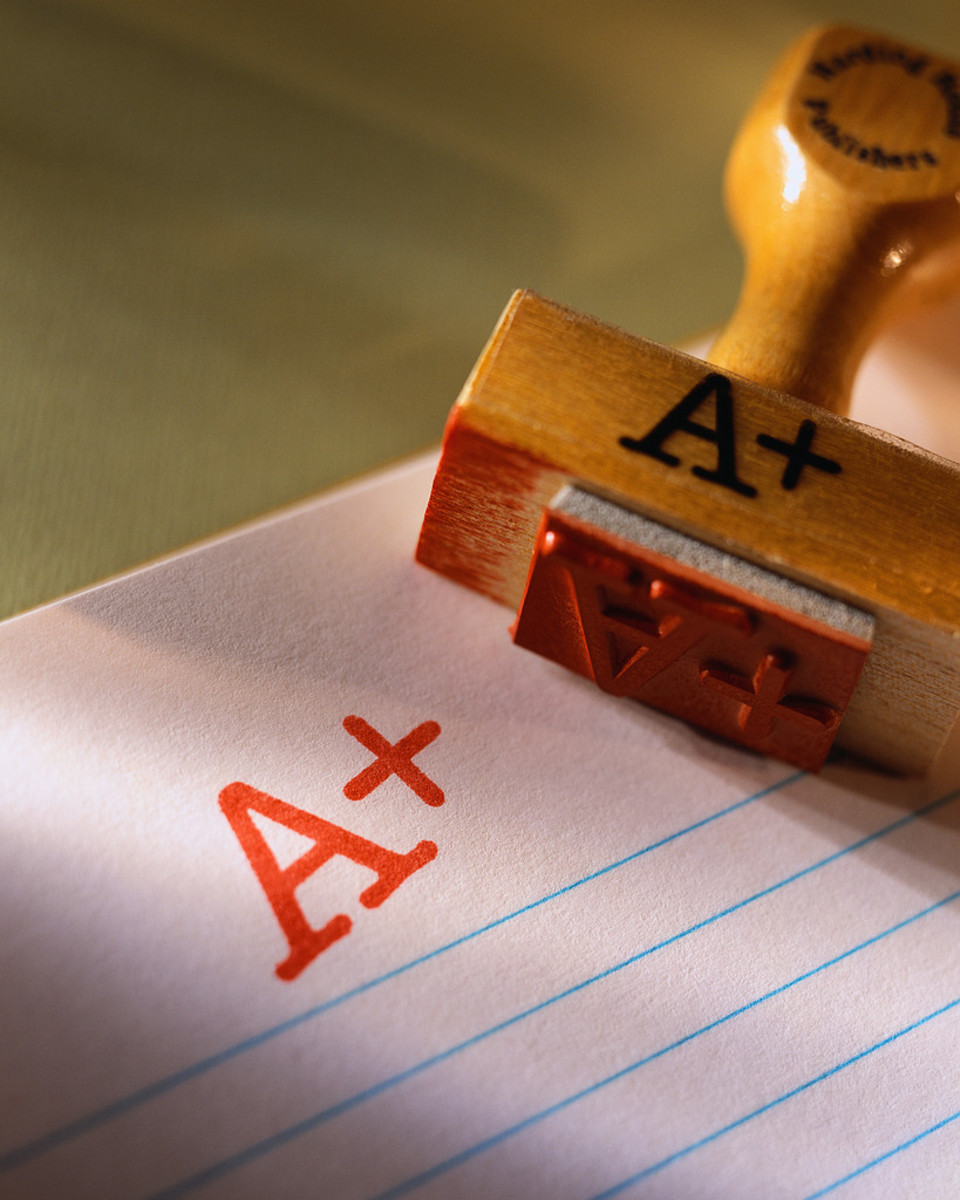The parent's guide to the new maths grading system at GCSE
What do we know about the new GCSE grades in Maths
I am a parent and I am a teacher. I was the last group of O'Levels students and in many of my subjects I received a number and a letter as my grade. Since then much has changed in education and you may have heard that there are about to be big changes to the GCSE grading system and wondering "What does it all mean?"
Well, if I'm honest not only parents are asking this question but many teachers too. There is no definitive answer to the question what does Grade 5 in Maths mean. But, we have started to guess and I am sure that over the next few years we will be much more confident with what it all means.
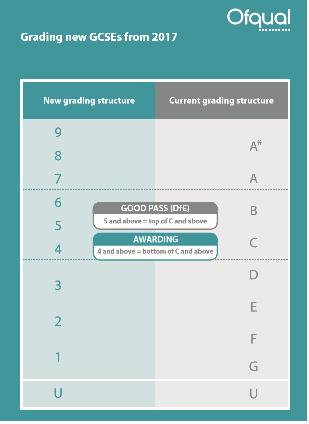
We can see from the above diagram that the lowest grade is 1 and the highest grade is 9. Initially a grade 4 was going to be the "international" benchmark and then within a few weeks it was decided that this was going to change to grade 5. So a grade 4 and 5 are grade C, a grade 5 is a good C or a low B?! I know for certain that a grade 1 is an old grade G and a grade 7 is a grade A.
And for added confusion
But, that doesn't necessarily mean that grade A maths is now grade 7 maths, some topics have been moved from Higher to Foundation. Pupils are now expected to have a better understanding of algebra. Factorising a quadratic equation, calculating the arc length and negative scale factor are all now foundation topics and previously some of these topics were Grade B or above.
The new GCSE grades explained
- Grade 9: top A* performers; about half of the 6.8 per cent who got A*s this year are likely to get it
- Grade 8: the rest of those who obtained A* but did not qualify for a 9
- Grade 7: equivalent to an A grade pass
- Grade 6: covering those from two thirds above current C grade to top of existing B grade
- Grade 5: international benchmark, showing performance equals that of students getting top-grade passes in high performing countries in international league tables. Pitched at half or two thirds of a grade above the current C pass
- Grade 4: equivalent to a C grade pass
- Grade 3: equivalent to a D grade pass
- Grade 2: equivalent to an E grade pass
- Grade 1: equivalent to grade F and G passes
The above gives you an idea about how to match the numbers to the grades, but what does that mean your child should be able to do?
Well I hope the next few paragraphs will help you understand what we would expect your child to be able to do for the different grades.
At grade 2, your child should be able to do number questions similar to these.
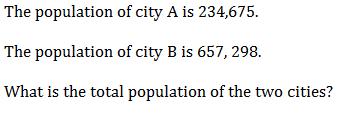
What are the main changes to the Maths questions your child needs to learn to answer?
You might notice the questions are now more wordy, they expect your child to think. This is why talking about maths is so important, asking your children questions and getting them to explain the answers to you. An example of this would be:
- the meat weighs 1kg and the packet is asking me to cook it for 30 minutes for each 500g plus another 30 minute. How long shall I cook it for?
- if you want new trainers you will need to pay half, let me know how much I need to pay?
- which is better value 100g for £2.00 or 150g for £2.50
When they have told you their answers ask them why, get them to explain their thinking. If they have given you the wrong answer just ask them to rethink and talk them through where they made a mistake.
At grade 4
You will be expected to work with fractions using the four rules and apply the skills to probability. The question below can be answered in many different ways and might be seen as a fractions of amounts question, a four rules with fractions or a probability question.

A possible grade 4 algebra question

And to answer this question you would assign a known fact to one person and work the rest from there.
So Georgina would have "x" stickers and Samantha who has 9 less would have "x - 9" and Michael would have three times more than Georgina which makes "3x"
Now we can work out, in terms of x, that means no numerical solution but how many stickers there are in total using the letter x and numbers
We have Georgina + Samantha + Michael
or
x + x - 9 + 3x
= x + x - 9 + 3x
= 5x - 9
This is the solution, we haven't been asked to solve it. But, the next part of the question might say "altogether there are 16 stickers, how many does each person have?" This would then use a different skill of solving the equation.
But we want our children to get at least a grade 5
Moving onto a grade 5 or above, this is when your child's teacher will be deciding whether to enter them for the higher or foundation paper. The higher paper has the lowest grade of 4 and the foundation paper has the highest grade of 5. Moving above grade 5 means that there will be much less number work and a lot more algebra. However, algebra is number with letters and so providing your child can perform basic number operations they should be able to transfer these skills into higher level maths.
At this level of Maths it is not necessarily the maths being more difficult, it is to do with the multiple steps that have to be followed to get to a solution. It is not quite the formulae you might see on movies scrawled across a board, but you might have to recall many facts and complete a whole page of work to arrive at a solution.
This is when I tell my students that it's not always about the answer but making a start on the question.
Fractions
Fractions begin to play a big part beyond Grade 5. Applying the four rules (addition, subtraction, multiplication and division). This is because Fractions begin to appear in algebra too and being confident helps you to be confident with algebra.
In this Grade 5 question can you see how the language has changed?

This question uses words and numbers to describe fractions. Interestingly you have to use the information about the boys to work out how many girls are in the class before you can solve the problem. This is about comprehension as well as maths.
Where to next - what does HIGHER level maths look like?
So you might have to solve problems involving index laws. These can be numerical or algebraic. They are ways of writing repeated multiplication. You might be screaming at this point or breaking out in cold sweats, but I am sure you've bought a carpet, tiled a bathroom?! This is when you will have encountered indices. For example, when we talk about metres squared we are using indices. Repeated multiplication of the same number.

The 6 and 5 are called based numbers and the 3 is the index number. You will need to know a variety of laws involving indices. If you remember the basic rules then you will be able to answer a variety of these questions.
At grade 7 your child will need to be able to answer this
